Pascual Zapater Barrús
Extant
36 Carrer Circumval·lacio, Piera, Catalunya, 08784, Spain
begun 1992
The site is open for visitors, by appointment or knocking at the door. The artist speaks Spanish and Catalan.
About the Artist/Site
The second to last child of eleven born to truck farmer Valentín Zapater and his wife Teresa Barrús, Pascual grew up in the small village of Huerto in Aragón’s Huesca province. He enjoyed attending the local school and did well with the basics of reading, writing, and arithmetic; no additional subjects were offered. He began working as soon as he could, first as a young sheep-herder, then an apprentice shepherd, and then as a mule-driver. He was a hard worker, and although there were jobs to be had in his village, he chafed at the lack of opportunities and the modest boundaries of what might be offered, and after he left for his military service at the age of 21 he never really returned.
Moving to Barcelona, he began work in construction as a “peón;” he’d always been good at working with his hands, and soon he moved up in his vocation, taking on larger projects with more responsibility that were assigned by his boss. At the same time, he and one of his brothers, a plumber, decided to mount their own business, working on weekends and enjoying the independence that this provided. Their business did well, and soon they had so many clients that they had to make it their primary concern, so Pascual left the post of his previous employer. But his brother died young, and Pascual was left with dealing with the business on his own – as well as raising the funds to buy out his widow’s brother, some 8 million pesetas, the equivalent at the time of almost $50,000.
In 1975 he met his future wife, Purificación Barros Fernández, at the Centro Aragón in Barcelona; they married that same year and soon had four children, three boys and a girl. Around 1985, while still living in Barcelona, he purchased three adjoining parcels with an expansive two-story house in the rural area of Piera, nestled in the Penedès region now so famous for its wines and champagnes. Coming out to the country on weekends, he enhanced the property with a beautiful garden and other accoutrements.
In 1992 he began to erect the first of two monumental structures in front of his home. Accustomed to working ten hour days at his business, he was a hard worker, but because he only worked weekends out in Piera, it took him nine years to finish Naturaleza [Nature], an homage to the natural world. Working with recycled materials of all kinds – most of which were remnants from his construction business – he now shakes his head in semi-bafflement at how he even had the idea to begin building what became a 9.5-meter (31.6+ feet)-high tower. Having lived in Barcelona for so long, he was of course cognizant of the works of Catalan architect Antoni Gaudí, but he strove to make his work his own, adding hand-modeled clay tiles and ornaments that he fired in a small circular kiln in his backyard. Underneath Naturaleza is a monumental frog; water rains down around the frog instead of having the frog plumbed to squirt water out of its mouth, as he said you can sometimes see in fountains in Barcelona. He also placed two large concrete footprints underneath the tower, so visitors have a place to stand without getting their feet wet as they look up into the apex.
Zapater retired and sold his business at age 65 and he and his family moved full-time to Piera. Now with more time available for him to work, in 2003 he began his second major construction, the Templo de los Inmortales [The Temple of the Immortals], an elaborate 10-meter (33-foot)-high church-like space that honors painters, writers, poets, scientists, philanthropists, and others who have exemplified the best of Spain’s intellectual and cultural life over the centuries. Every weekend he would build up another 50 centimeters (about twenty inches), working on his own despite his wife’s disapproval. But soon she began to appreciate the artistry and grace of his creations, as his meticulous craftsmanship and the flowing forms of his work took shape. He mixed all his mortar by hand, climbing hand-fabricated scaffolding with buckets in hand, never using a safety belt. After the basic construction was completed, he began the ornamentation with trencadís, working from the top down. While Zapater readily admits that he took the forms of the catenary arches that surround the Templo from Gaudí, he says that all other components are his own, improvised as he worked in response to the materials available and, in turn, how they responded to his own interventions. All of the stained glass windows, for example, have three identical shapes of colored glass sandwiched between two clear sheets; that thickness was necessary for him to avoid breaking the lines of either the interior or exterior façades of the structure with cavities for the windows. This extraordinary construction, with 40 square meters (430.5 square feet) of windows and 30 square meters (323 square feet) of interior floor space, took five years to complete.
An elaborate fence, a colorful bench, and a pair of miniature buildings that are copies of those in Zapater’s home town complete the balance of his constructions on site, although there are also smaller examples of trencadís work, some framed and others inlaid into the exterior façade of his home. As he has aged, having trouble with his knees, he is now slowing down, although is no less curious and animated than he must have always been. Always interested in history, he is a prodigious reader; too, conscious of how his life was shaped by growing up in rural Huesca, in 2014 he published a book, Cuentos y Rimas del Guatizalema, that recounts the stories and legends and celebrates the personages of his pueblo. He doubts that he will build more, however, and is even tiring of working on his garden. Nevertheless, he is proud of what he has created, and delighted to explain his work to visitors if he is on site. If not, glimpses of the two main structures are visible from the street.
~Jo Farb Hernández, 2016
Contributors
Map & Site Information
36 Carrer Circumval·lacio
Piera, Catalunya, 08784
es
Latitude/Longitude: 41.5064738 / 1.7268576
Nearby Environments


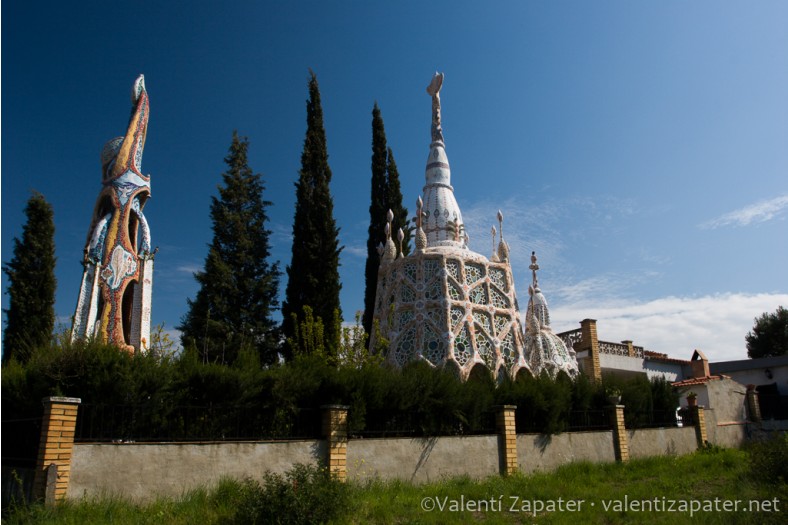
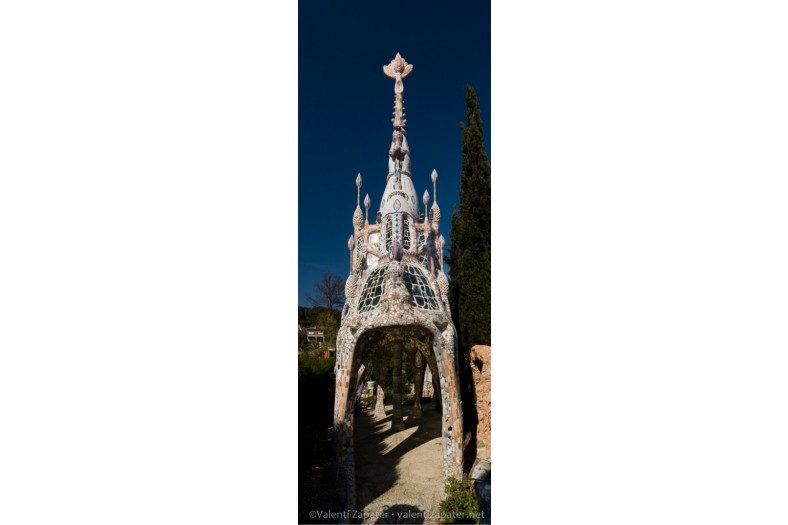
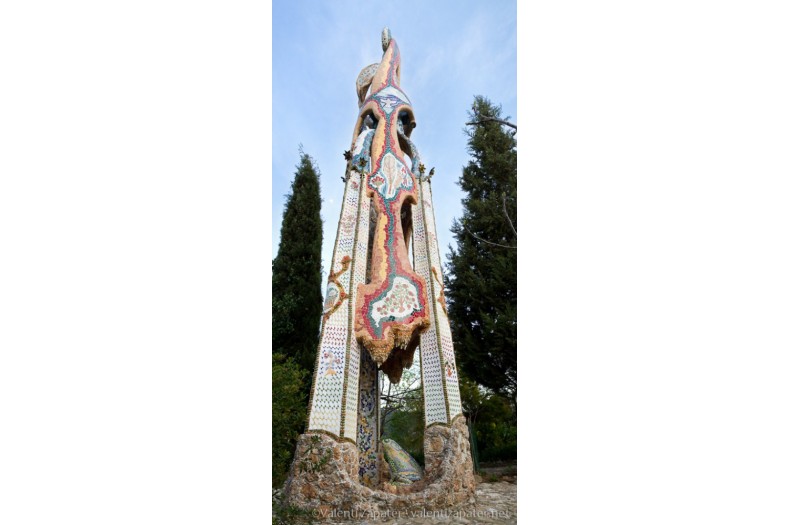
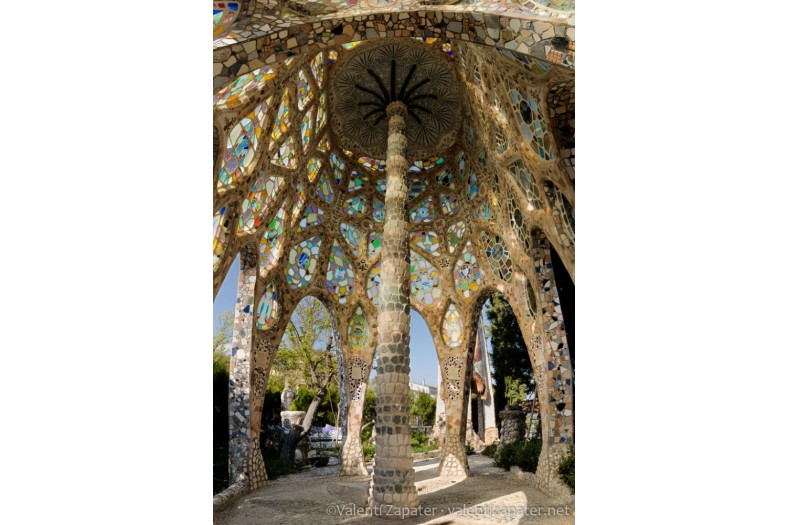

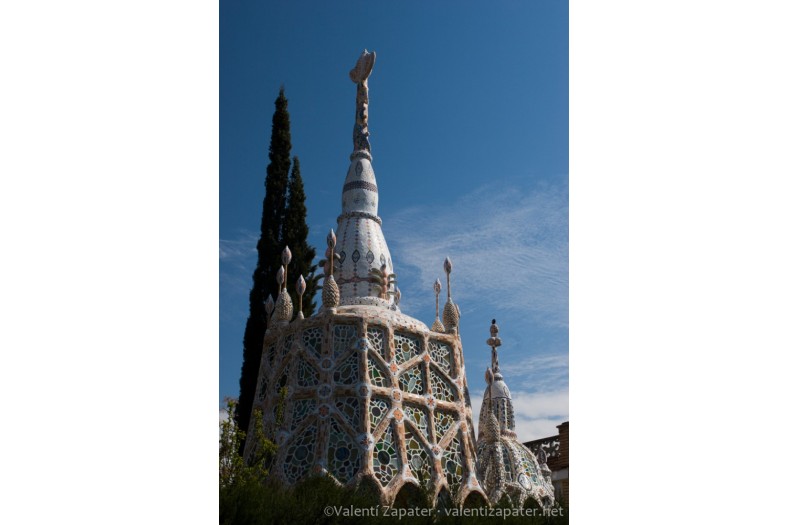
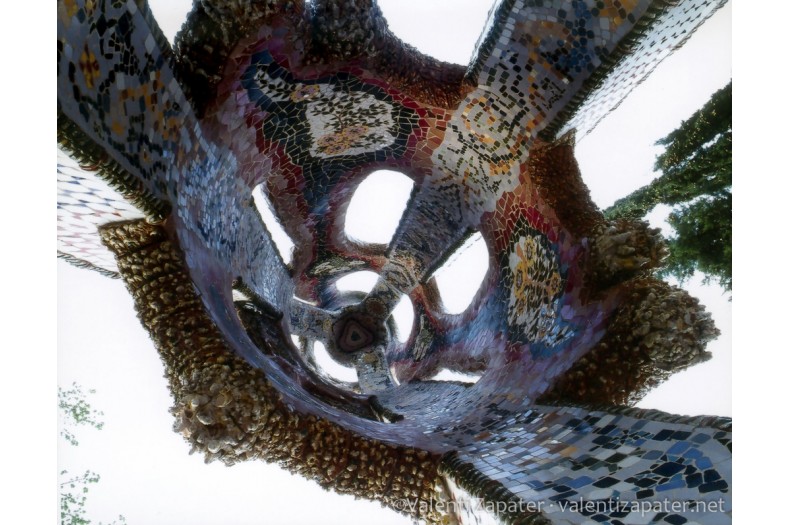
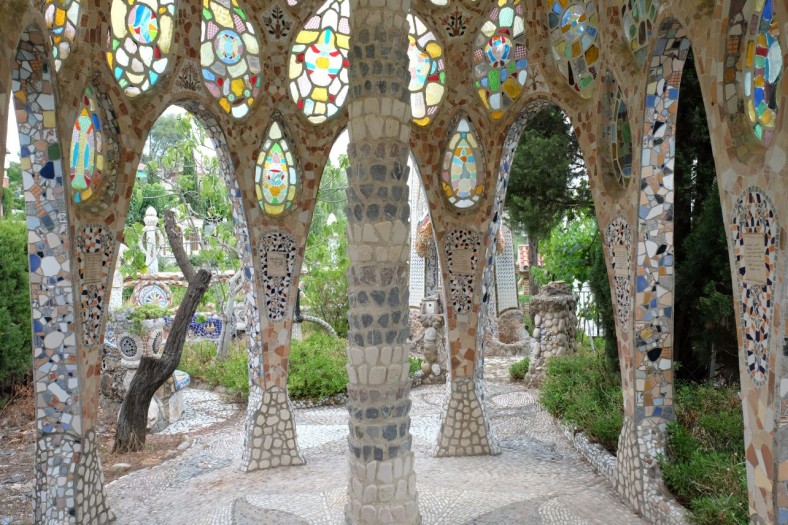
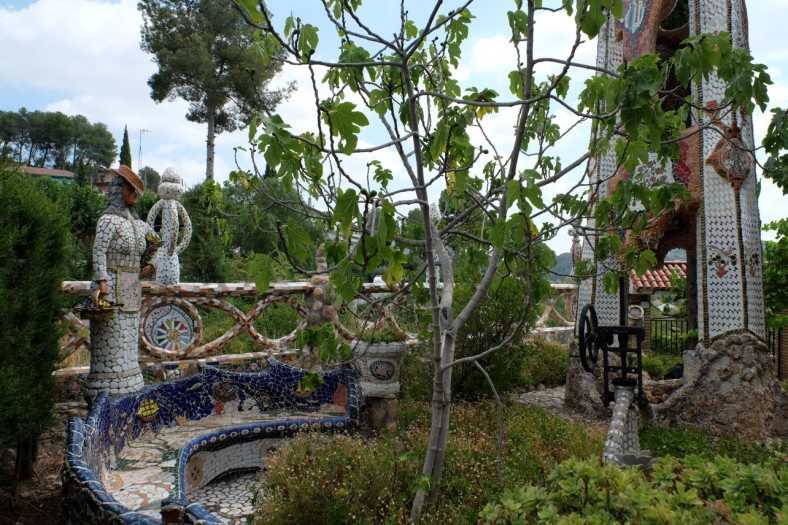
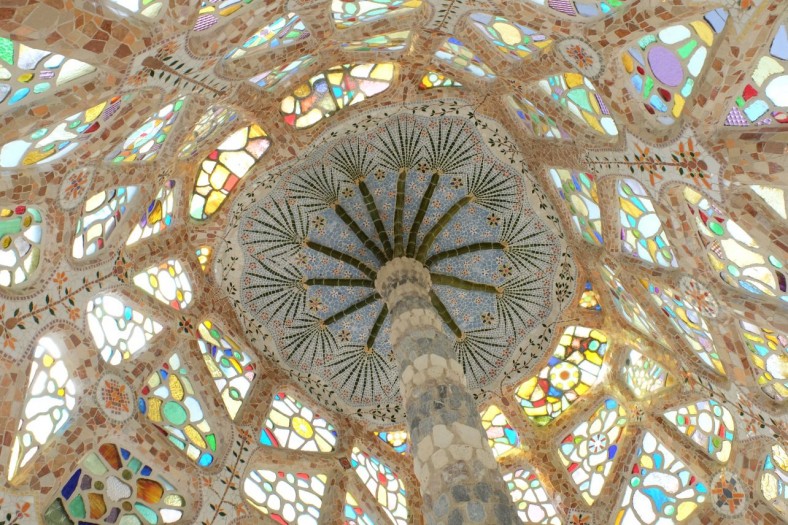
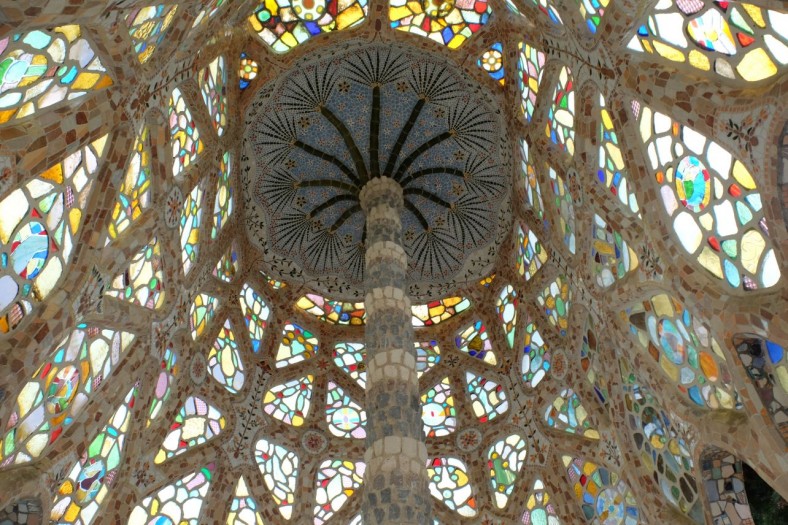
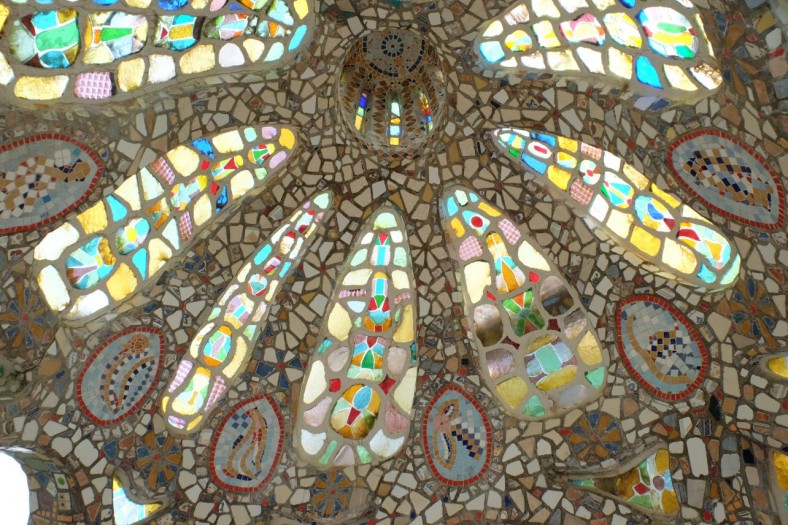
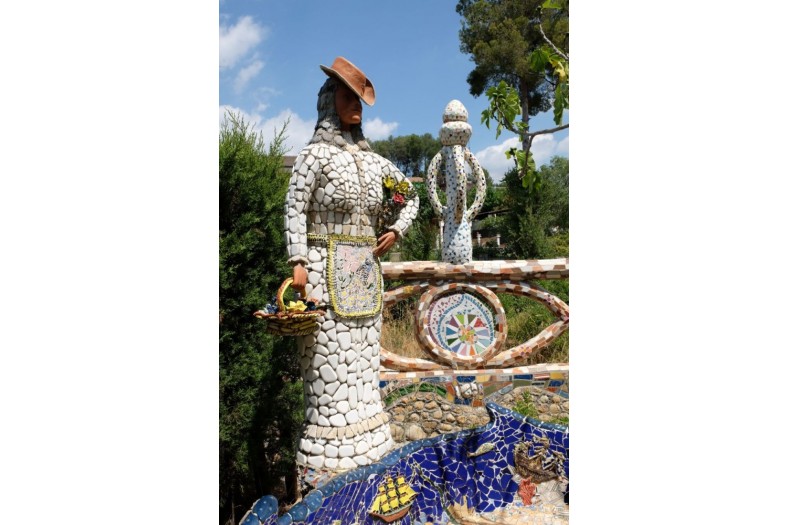
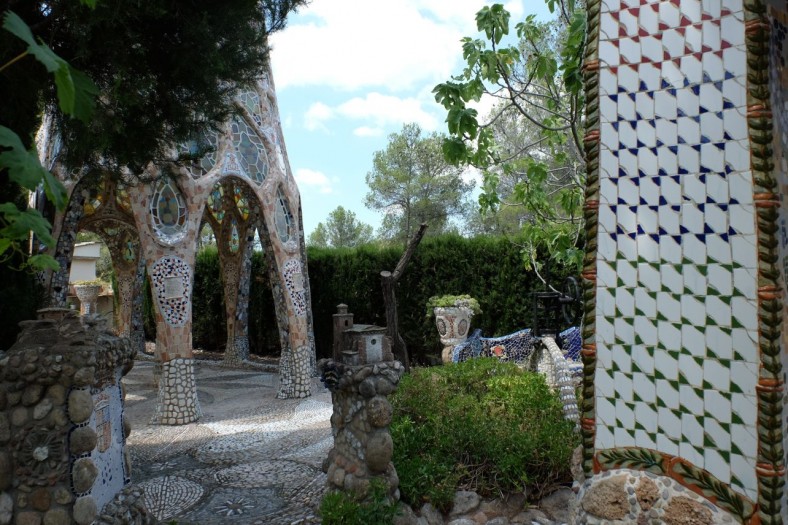
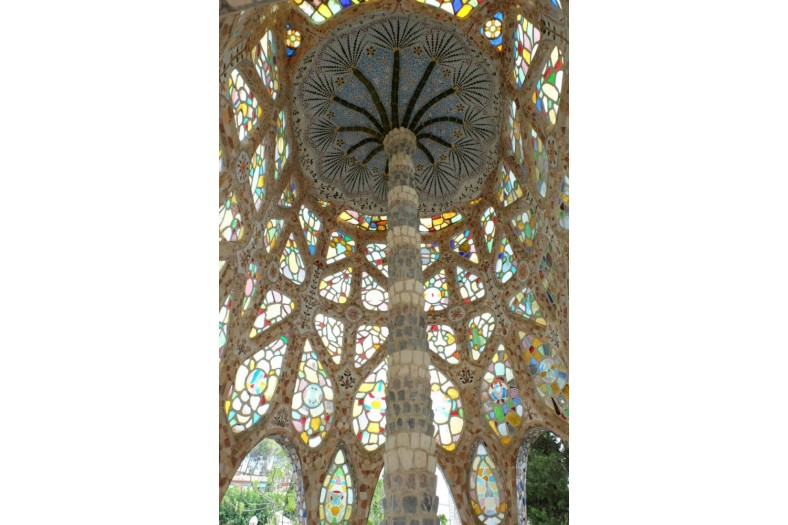
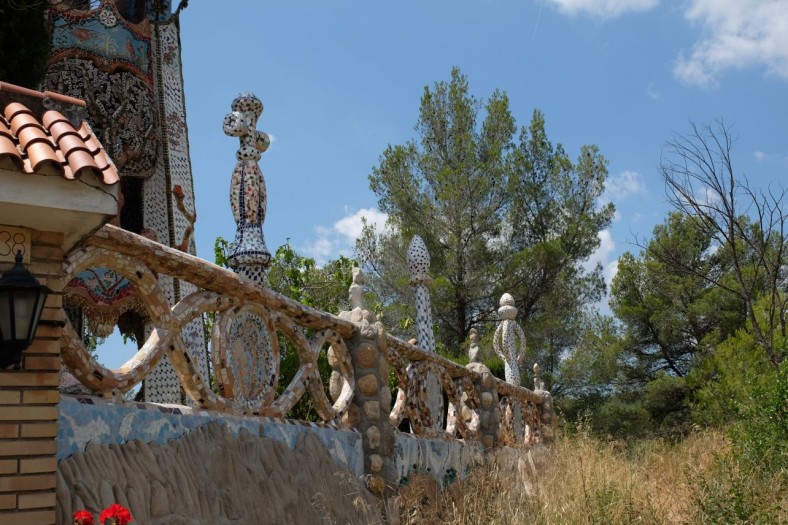
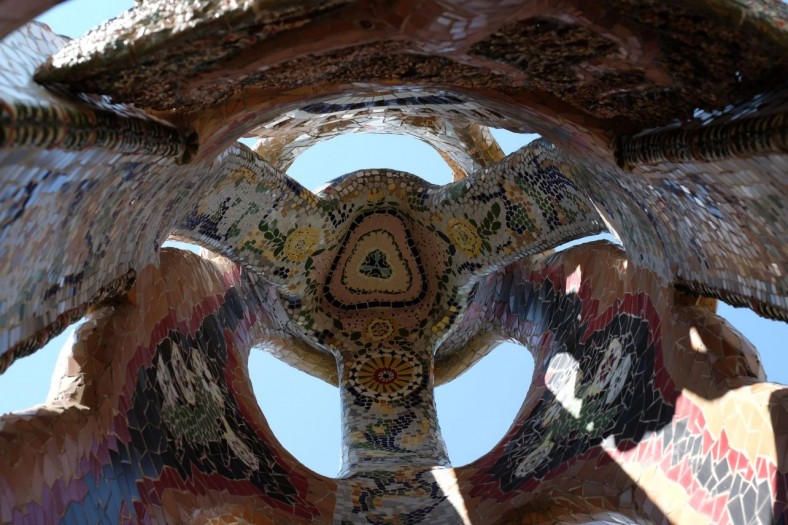
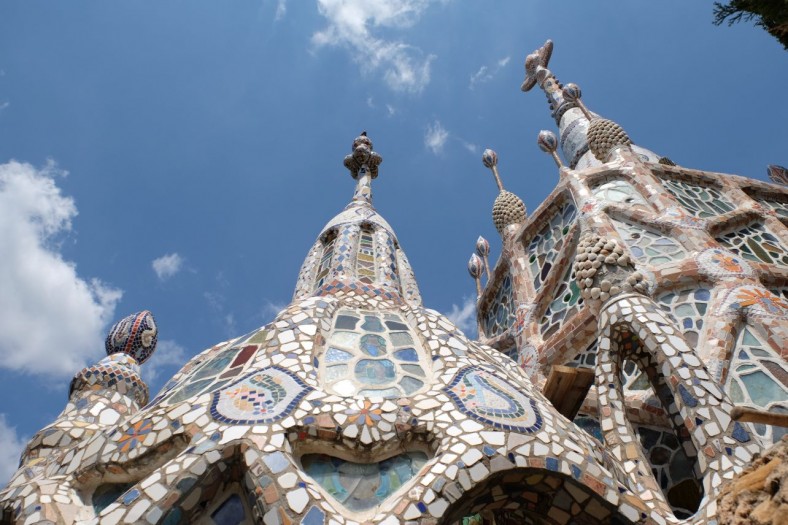
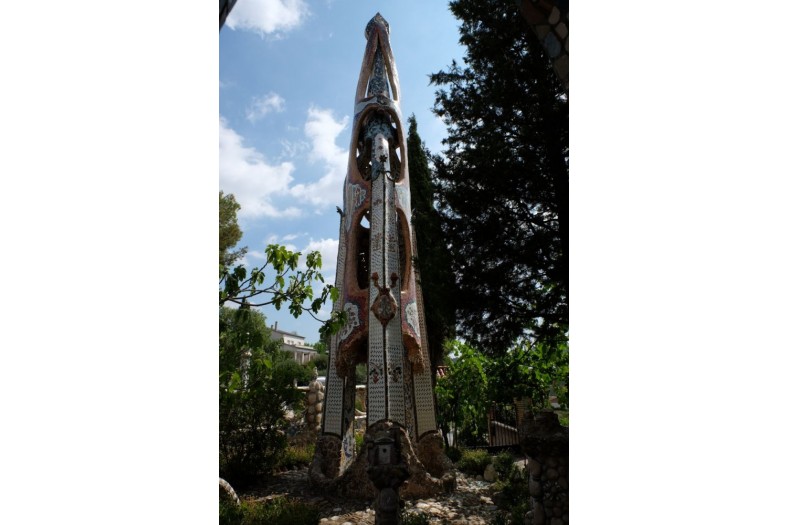
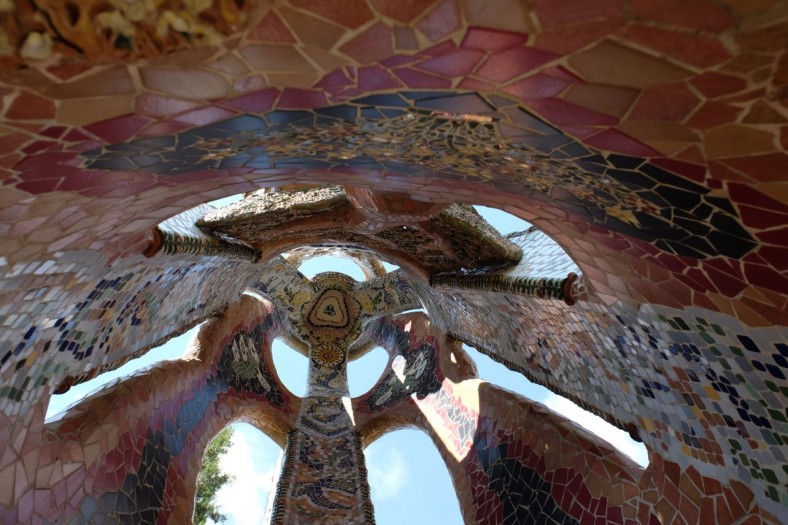
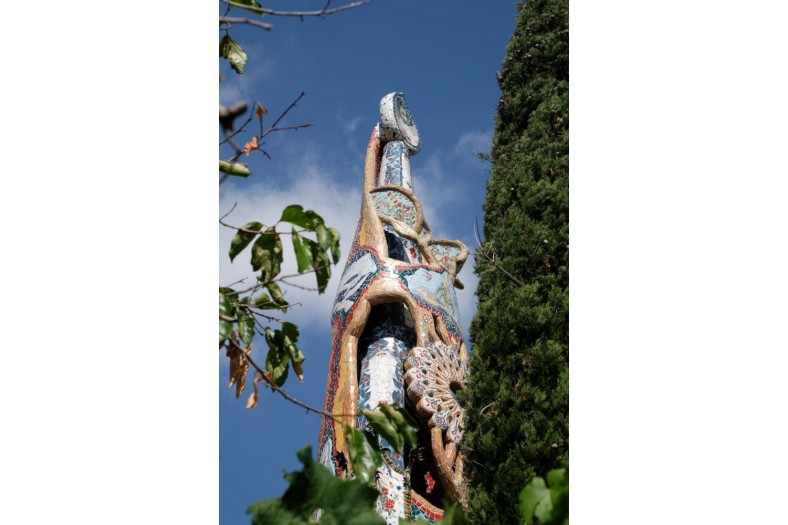
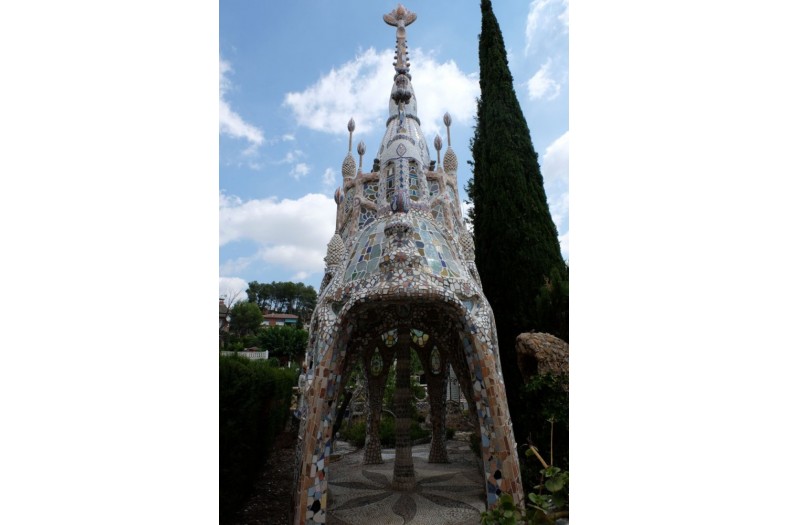
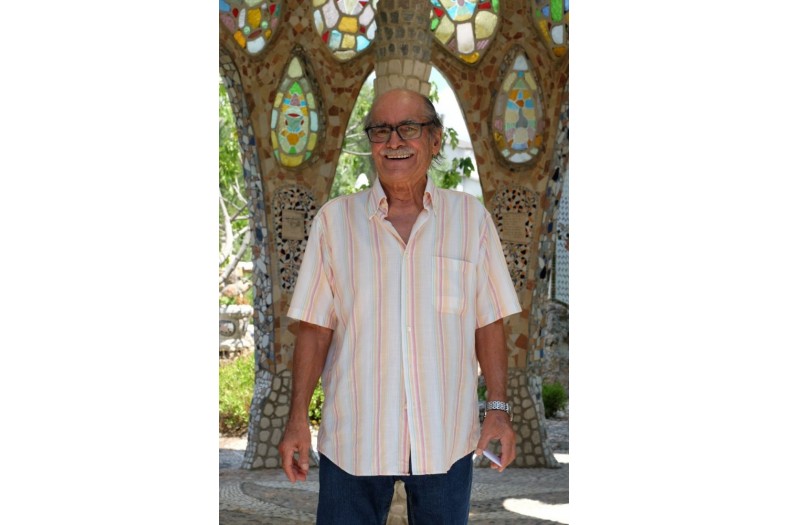
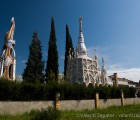
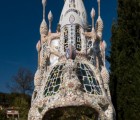
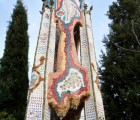
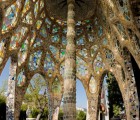
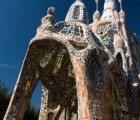
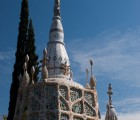
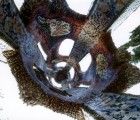
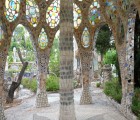
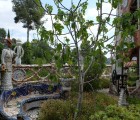
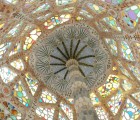
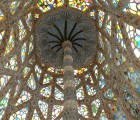
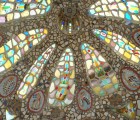
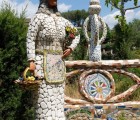
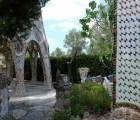
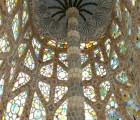
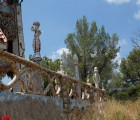
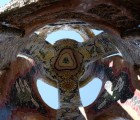
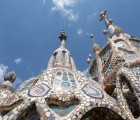
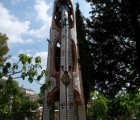
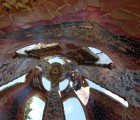
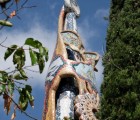
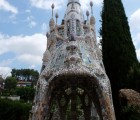
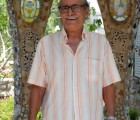
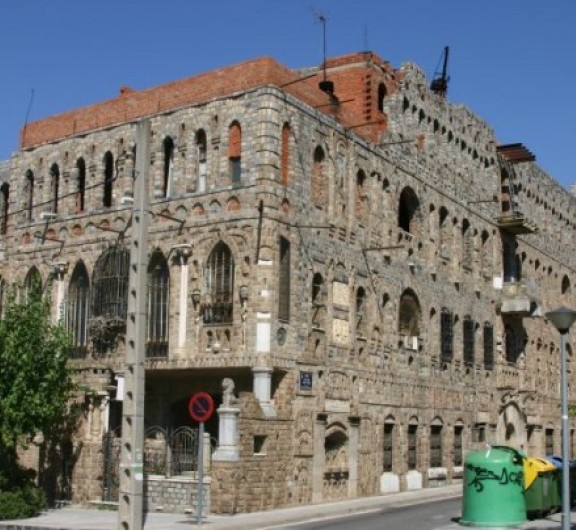
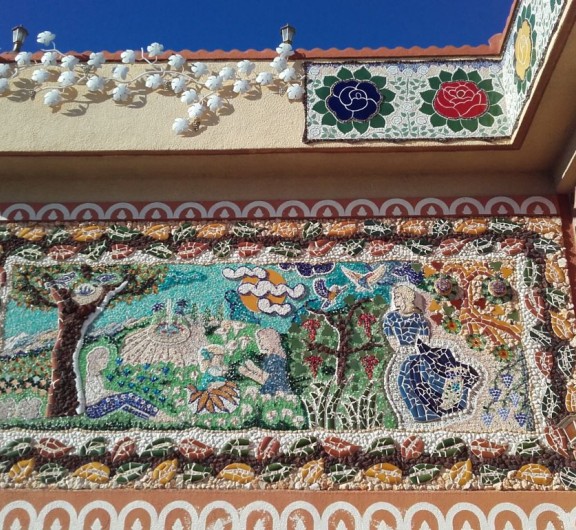
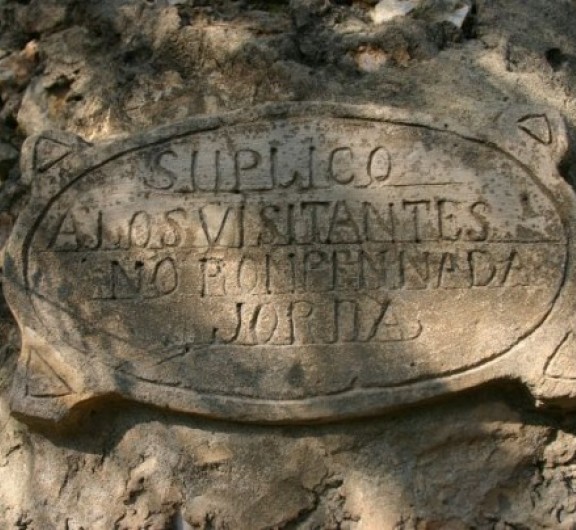
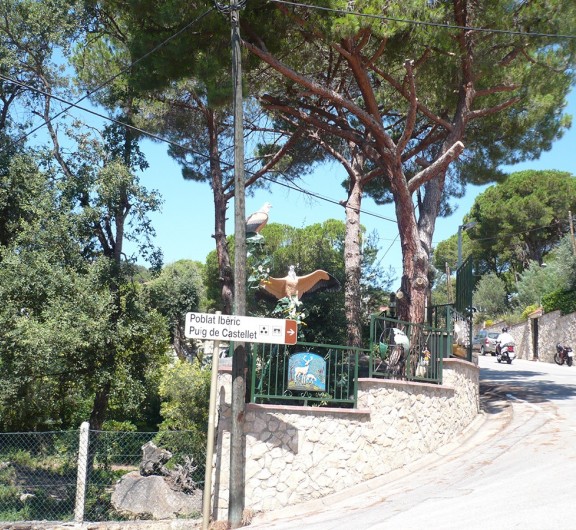
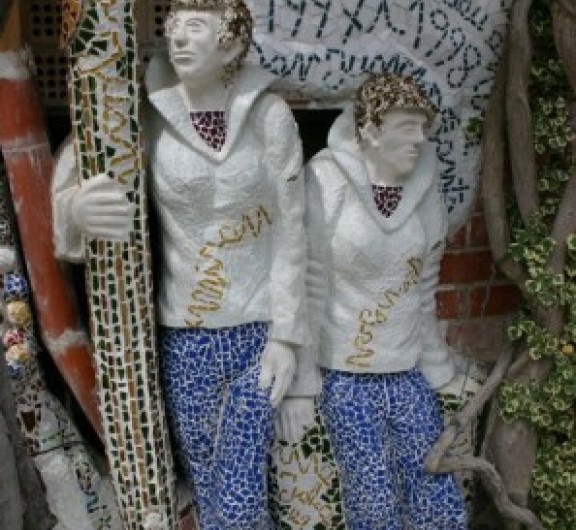
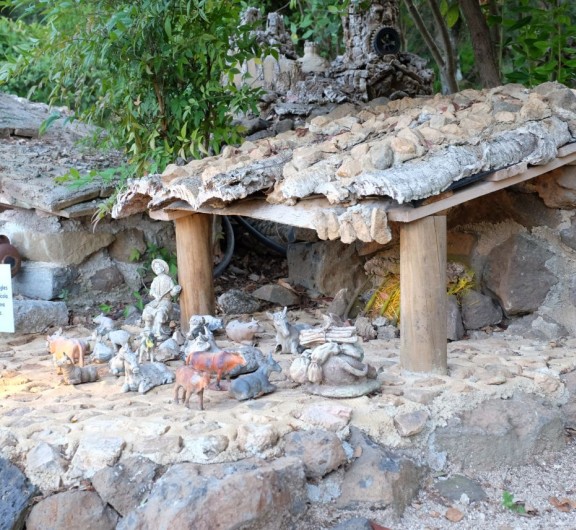

Post your comment
Comments
No one has commented on this page yet.